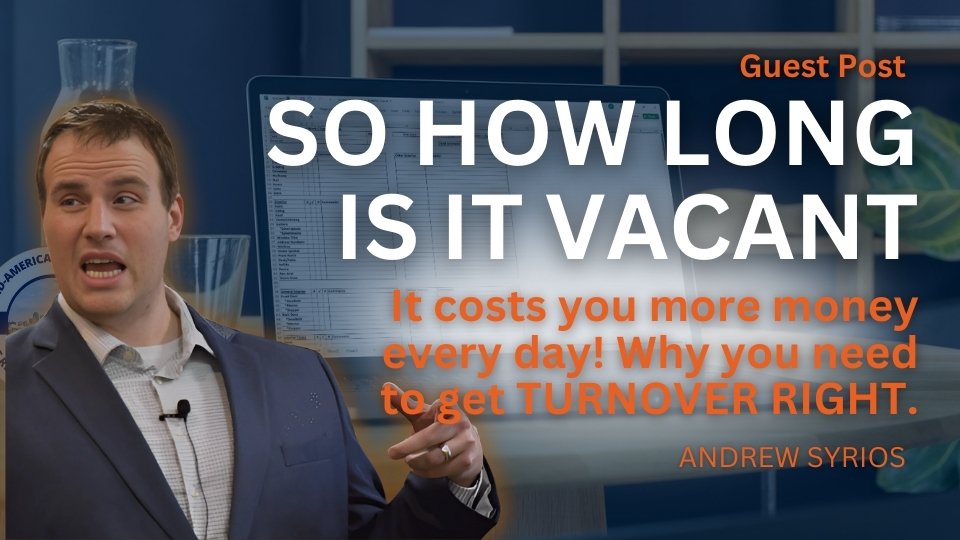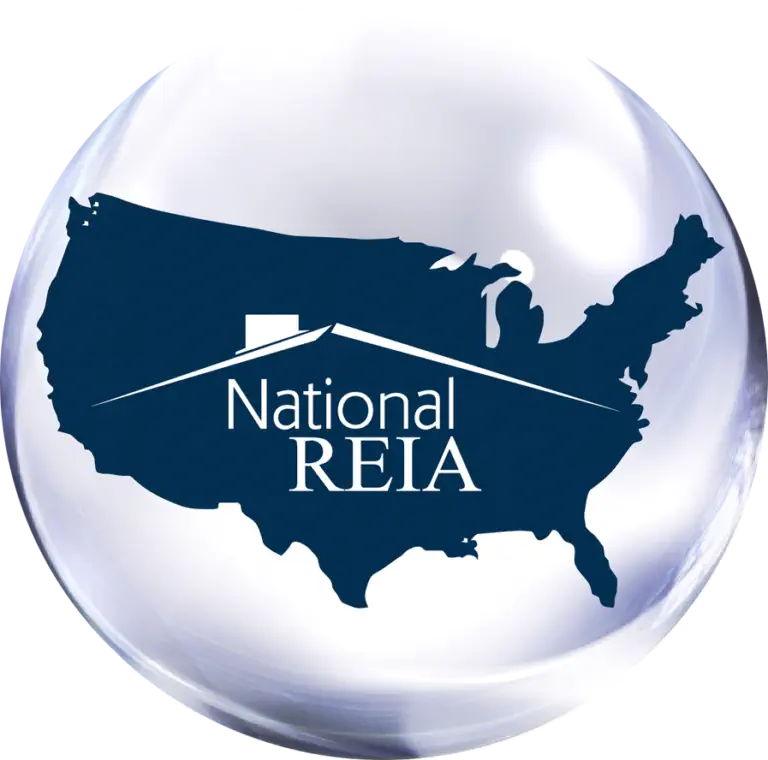
Getting Tenant Turnover Right: Maximize Income and Minimize Costs
Tenant turnover is one of the biggest operational expenses for buy-and-hold real estate investors—often second only to property taxes. Unlike taxes, however, turnover is something you can influence significantly. When done right, it can help you increase rental income and lower costs, improving your overall cash flow and investment performance.
As we have Andrew Syrios coming in March to share on this topic, we have been reading up on the subject on his article on BiggerPockets about mastering tenant turnover (read it here). And as he is managing 500+ units, we’re pretty sure he knows what he’s talking about. His strategies align with what we’ve found to be the most effective ways to manage turnover, reduce vacancies, and optimize rental income. We wanted to share a few of the key points.
Reducing the Need for Turnover
One of the biggest myths in property management is that tenant renewals are entirely out of your control. While some moves—such as job relocations—are inevitable, many tenants leave due to issues that can be addressed, like unresolved maintenance concerns or poor communication.
A few simple changes can significantly improve lease renewal rates:
Prioritize maintenance and responsiveness. Tenants are far more likely to stay if maintenance requests are handled quickly and efficiently.
Communicate proactively. Reach out two months before lease expiration to discuss renewal terms and gauge tenant interest in staying.
Offer renewal incentives. Consider a small token of appreciation, such as a gift card to a tenant’s favorite restaurant, to encourage renewals.
Longer tenancies mean lower vacancy rates. For example, Andrew shared “Let’s say your average vacancy is two months between tenants (turnover and time to lease). If you have a move-out every year, that would amount to a vacancy percentage of 14.3%; two divided by 14 (12 months tenancy, plus the two vacant months). Right off the bat, you increase your income by over 7% and reduce expenses to boot. “
Getting a Head Start on Turnover
Even when tenants do move out, there are ways to reduce downtime. One strategy Andrew & his team have implemented successfully is offering tenants a monetary incentive to vacate early. For example:
They offer $10–$20 per day for tenants to move out ahead of their lease end date, depending on the property type.
While this may seem like an added cost, it allows us to begin turnover work sooner and get the unit re-rented faster, which ultimately offsets the expense.
Another essential strategy is cash-for-keys agreements in eviction situations. This approach avoids the costs and delays of formal eviction proceedings if the tenant needs to go, keeps the property in better condition, and minimizes vacancy time.
Other time-saving measures include:
Ensuring utilities transfer back to the landlord’s name immediately to avoid shut-offs.
Staggering lease end dates so you don’t have multiple turnovers occurring at the same time.
Keeping a strong relationship with contractors (or an in-house team) to speed up turnover work.
Contractors vs. Employees for Turnover Work
For smaller portfolios, hiring contractors is typically the best option. However, larger landlords—especially those with apartment complexes—may benefit from an in-house turnover crew.
Each approach has its pros and cons:
Contractors provide a fixed bid for each project, so you won’t have to worry about labor inefficiencies, but they may not always be available when needed.
Employees offer consistency and control over quality, but labor costs can be unpredictable if not properly managed.
If using contractors, it’s critical to schedule turnover work in advance to minimize delays. Tools like Monday.com or Smartsheet can help streamline scheduling and project tracking.
Streamlining the Turnover Process
A clear Scope of Work (SOW) helps ensure turnovers are completed quickly and correctly. While some landlords rely on simple checklists, we’ve found that a detailed scope of work is more effective in keeping projects on track.
A good turnover scope includes:
Prework tasks, such as pest control and trash removal.
Room-by-room repairs and updates.
Specialized vendor work, like HVAC servicing or flooring installation.
Final punch-list items, including deep cleaning and appliance installation.
Using project management software to store scope templates and attach pictures ensures clear expectations for contractors and prevents unnecessary delays.
Streamlining the Turnover Process
Turnover speed is important, but quality matters just as much. Some best practices to follow:
Set clear timelines for workers and enforce deadlines.
Monitor contractor performance by tracking completion rates and quality scores.
Standardize materials (paint, flooring, appliances, etc.) to streamline future maintenance and repairs. It’s much easier to get paint right or light fixtures right when they are the same in EVERY unit.
Procure materials in bulk to take advantage of supplier discounts, such as Home Depot’s Preferred Pricing program or THE MAREI 20% off on paint and 2% rebate.
Marketing the Property & Minimizing Vacancy
Once turnover is complete, quick and effective marketing ensures minimal downtime:
Use high-quality photos (ideally taken with a professional camera or by a pro photographer) to attract tenants.
List properties immediately—don’t wait for turnover to finish before starting marketing.
Use a comparative market analysis to set the right rental rate for quick leasing.
Join us at the March 11th MAREI Meeting to learn More
Effective tenant turnover management is about balancing speed, cost, and quality. By refining each stage of the process—from lease renewal strategies to efficient turnovers—investors can significantly reduce vacancy rates and boost rental income.
Tracking key performance indicators (KPIs) such as average turnover time, contractor efficiency, and tenant retention rates helps identify areas for improvement and keeps your operation running smoothly.
For more insights on optimizing tenant turnover, be sure to check out Andrew Syrios’ original article on BiggerPockets.





